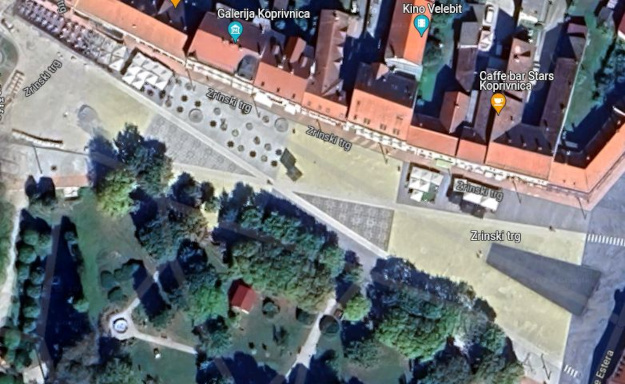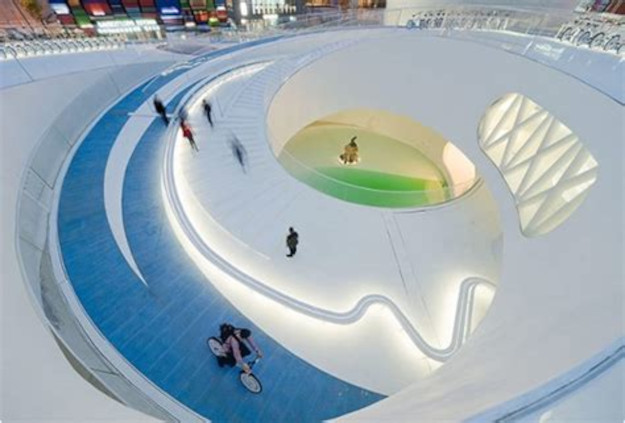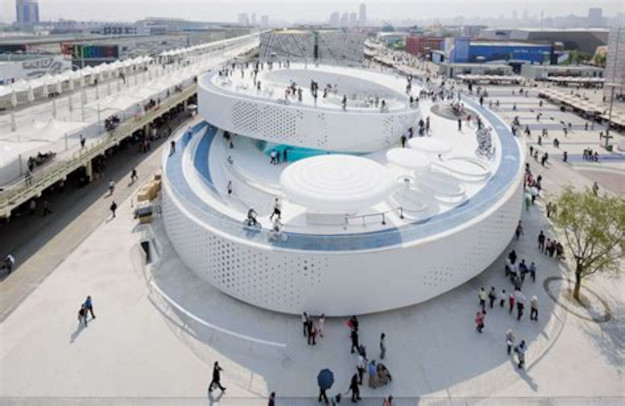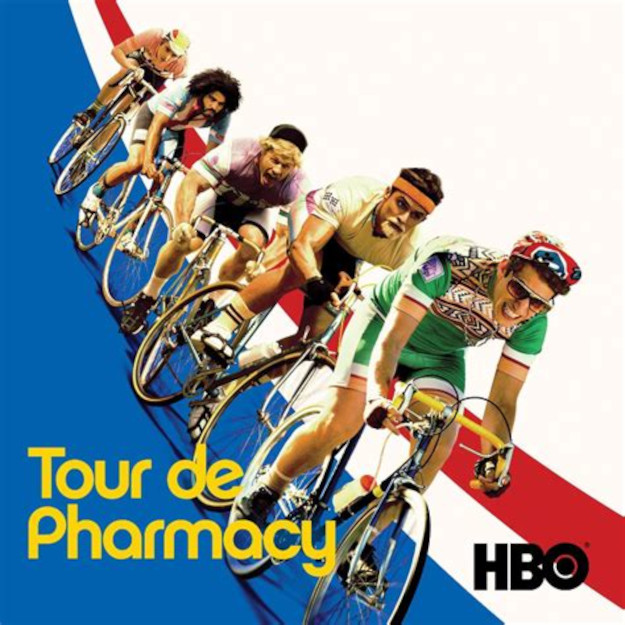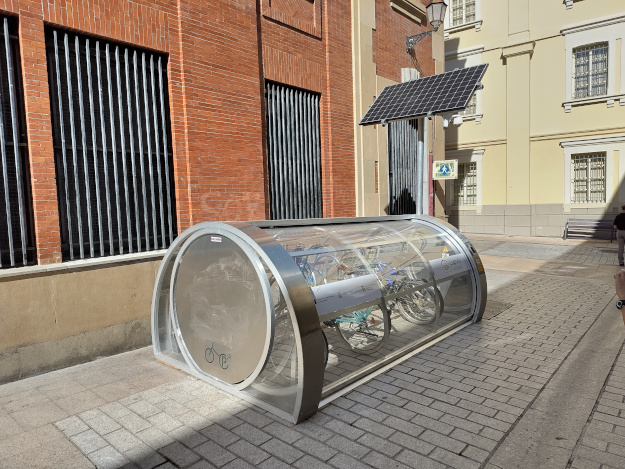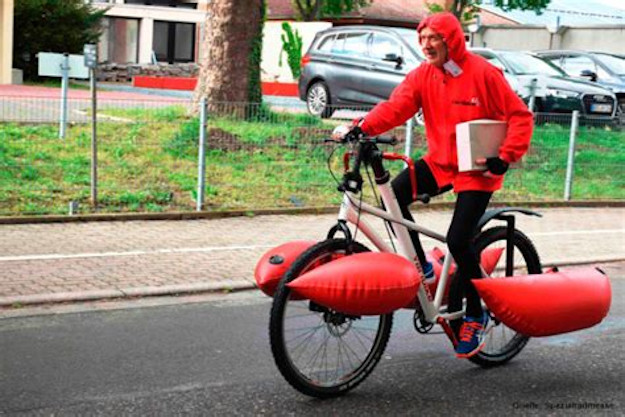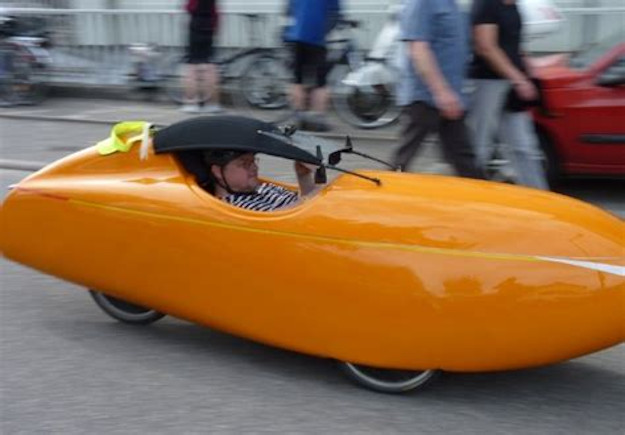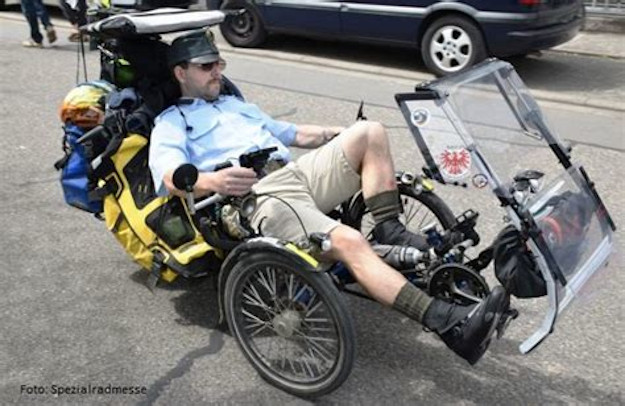About 30,000 people live in Koprivnica, Croatia. Its public institutions define it as “a space of tradition, environmental, cultural and economic values”, close to the Drava river and the Kalnik mountain.
The Zrinski square is surrounded by coffee shops and stores. “A place defined by people fluxes and movement”, according to the architecture study which created it as is nowadays. So, it was the challenge: To reinvent this privileged space in order to promote interaction, humanity and life.€2 million euros made it possible. They took advantage of the square perimeter and created a collage of micro-localizations on which develop several, concrete activities. Two bike lines in X cross the square on the north. Based on them, the square is divided in twelve areas related to the closest building. The 15,000 squared meters square is colored by area and completed with urban furniture, including bike parking, and different surfaces. The objective of this project was to ban cars from it and time has demonstrated that it is possible and necessary. Today, there are not any cars there, but people and bikes.
Not surprisingly, Koprivnica is considered as the Croatian biking capital and cyclist are welcomed here. Indeed, there are metallic sculptures in the Zrinski square with bicycle shapes as homage to this essential way of transport.
